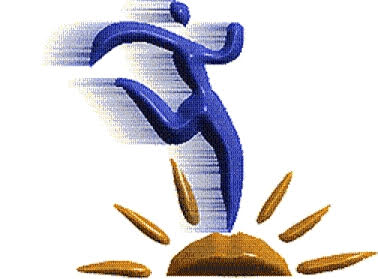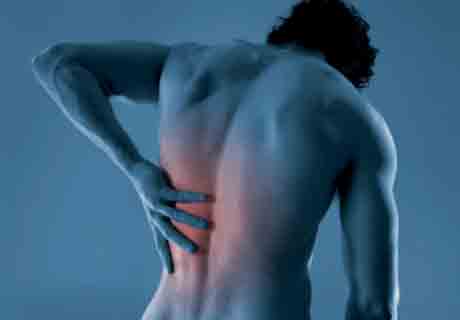Recurring back pain resulting from improper body mechanics or other non-traumatic causes is often preventable. Core stabilization is the key recipe. As a Board Certified Physician in Physical Medicine and Rehabilitation as well as in Pain Management, I emphasize the importance of Core Stabilization to treat and prevent lower back pain. Core stabilization is the general term for how the muscles of your central body keep your spine stable and control our correct movements. This also helps you stay balanced, improve your posture, move your body more efficiently, improve your stamina and most importantly prevent injuries. Exercises for core stabilization should be part of every conditioning program, along with flexibility, strength, and aerobic conditioning. And, are helpful for treating conditions such as lower back pain, tendonitis, herniated discs, sprain and strain injuries. Core stabilization exercises are easy to do. You can do them almost anywhere, several times each day. It is good to exercise but it is more important to do exercises correctly. I have seen a lot of injuries or poor rehabilitation from injuries because exercises were done incorrectly. It is a good idea to have a Physician specializing in physical medicine to coordinate training core stabilization with a physical therapist or exercise physiologist. Correct curvature of the lumbar spine or posture help absorb stress on your body, both while you are sitting or standing still and when you move. I know it may seem more relaxing to let yourself slump down, but when you lose the normal curves of a neutral spine, you actually put more stress on your body. Your spine should be in the neutral position when you do core stabilization exercises. To find neutral spine: Stand normally in front of a mirror with your hands on your hips, just below your waist: Allow your low back to arch so your stomach juts forward, and your buttocks stick out. Notice how your hands rotate forward: Tighten the muscles around your stomach and buttocks so your low back becomes very flat. Notice how your hands rotate backward: Now go halfway between the forward and back positions: Keeping your pelvis in this neutral position, stand tall with your ears and shoulders lined up over your hips: Practice finding neutral spine in three positions: standing, sitting, and lying on your back with your knees bent. When you can find neutral spine in each position, you can maintain good posture for daily activities and for exercise. Tips for preventing back strain 1. Don’t lift by bending over. Lift an object by bending your knees and squatting to pick up the object. Keep your back straight and hold the object close to your body. Avoid twisting your body while lifting.
2. Push rather than pull when you must move heavy objects. 3. If you must sit at your desk or at the wheel of a car or truck for long hours, break up the time with stops to stretch. 4. Wear flat shoes or shoes with low heels (1 inch or lower). 5. Exercise regularly. An inactive lifestyle contributes to lower back pain. Contact my office if: • Pain goes down your leg below your knee • Your leg, foot, groin or rectal area feels numb • You have fever, nausea or vomiting, stomachache, weakness or sweating • You lose control over going to the bathroom • Your pain was caused by an injury • Your pain is so intense you can’t move around • Your pain doesn’t seem to be getting better after 2 to 3 weeks One of the more common questions I hear is…When do I need to see a specialist? It is never too early or too late to see a specialist. However, if pain persists greater than 3 months despite conservative care (this is the chronic phase of pain), a specialist should be seen. Seek a dual Board Certified Physician in Physical Medicine and Rehabilitation and Pain Management to not only address the issues of pain but help direct you in your physical rehabilitation. If you’re still in pain, consider a different approach in pain management and rehabilitation and call Stuart B Krost, MD who has South Florida offices in Jupiter, Lake Worth and Plantation. Call 561- 296-2220 for an appointment and visit my website at www.wetreatpain.com.

